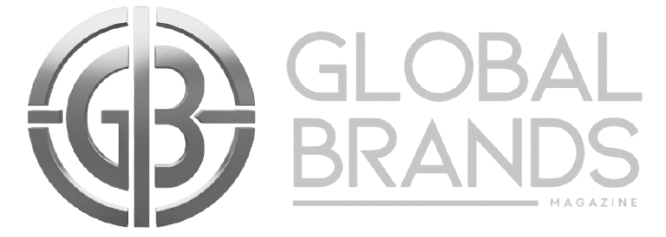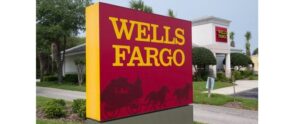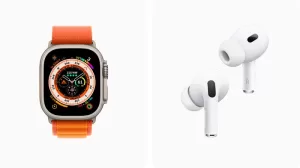Nostalgia Alert: 5 Defunct Tech Icons That Built the Internet’s Foundations

- A nostalgic look at tech giants who once ruled the online world, only to have walked away.
- See how these brands laid the foundation stone of today’s Internet and formed the mulling red dots on modern digital culture.
AOL dial-up is gone. After years of clinging on like the last biscuit in the tin, it has finally disconnected for good. The company confirmed the service would be discontinued at the end of September 2025. For many, that whirring, screeching handshake between modem and phone line was the soundtrack of possibility. Or, more accurately, the sound of a parent yelling to get off the internet so they could use the phone.
If you were online in the late 90s or early 2000s, you remember the ritual. You logged on with hope, waited with patience, and accepted that downloading a single song might require the better part of an afternoon. The modern web – instant, mobile, and endlessly connected – didn’t just appear. It was built on technology that was slow, chunky, and, at the time, utterly miraculous.
Let’s revisit the giants of that era – brands that were once the cornerstones of online life and, in many ways, shaped the internet you know today.
MSN Messenger: Where Online Friendships Began
Launched in 1999, MSN Messenger quickly became the after-school hangout for millions. At its peak in 2009, it had around 115 million active monthly users worldwide. This wasn’t just a messaging tool; it was a cultural phenomenon.
You’d change your display name to reflect cryptic song lyrics, often carefully timed to coincide with your current crush logging on. Status updates weren’t just practical – they were coded messages. And when all else failed, you’d send a “nudge” to shake your friend’s window until they paid attention – a feature both brilliant and infuriating.
For many, it was the place where you learnt typing shortcuts, discovered the joy of emoticons, and stayed up far too late chatting under the guise of “just five more minutes”.
When the service shut down in 2013, with final closures in some regions in 2014, it felt like someone had turned out the lights in a place where entire teenage social lives had been lived.
The Nokia 3310: Indestructible and Ubiquitous
Released in 2000, the Nokia 3310 sold over 126 million units worldwide. Known for a battery life measured in days, not hours, and a build quality that could survive drops, spills, and more than a few accidental laundry cycles.
Its appeal was universal – parents loved its reliability, teenagers loved its style, and everyone loved Snake II. The game was simple and addictive and required no data plan, which in those days was a blessing.
Interchangeable covers meant your phone was never just a phone. It was a fashion accessory, a reflection of your personality, or, at the very least, a surface to be covered in stickers.
Myspace: The Original Social Network
Founded in 2003, Myspace quickly became the largest social network in the world. By 2005, it was the most visited social networking site, and in 2006, it briefly overtook Google in US web traffic.
It was your first taste of total online self-expression. You could embed your favourite song so visitors were greeted with your chosen soundtrack, change the background to dizzying effect, and showcase your “Top 8” friends – a digital popularity contest in plain sight.
For musicians, it was a platform that bypassed traditional gatekeepers. Bands like Arctic Monkeys famously built early followings through their Myspace pages, proving that the internet could launch careers as effectively as any record label.
The iPod Classic: Your Entire Music Collection in Your Pocket
Apple launched the first iPod in 2001. By 2008, iPod sales – including all models – accounted for roughly 20–30% of Apple’s revenue. The iPod Classic, with its iconic click wheel and up to 160 GB of storage, could hold thousands of songs.
For many, it was the first time they could carry their entire music collection with them. Playlists replaced mixtapes, and the shuffle button introduced listeners to tracks they’d forgotten they owned. It changed commutes, workouts, and holidays.
The iTunes Store opened in 2003 and brought mainstream legal digital music purchases, completely transforming the music industry.
Blockbuster: A Global Friday Night Tradition
At its peak in 2004, Blockbuster had more than 9,000 stores worldwide. But for many other families, a trip to Blockbuster was a ritual: the walls were lined with new releases, staff recommendation signs stood on endcaps, and the snack aisle presented temptation even for the most disciplined.
It was a tactile experience – picking up cases, reading blurbs, and sometimes arguing over who got to choose the film. Late fees were a sore point, generating as much as $800 million annually at one point, and became a major reason for the rise of competitors like Netflix.
Streaming eventually made the physical trip unnecessary. The convenience was undeniable, but something was lost in the transition – the sense of occasion, the anticipation of pressing “play” on a film you’d picked out in person.
What They Left Behind
These brands may be gone, but their influence remains. They introduced millions to the possibilities of digital communication, portable entertainment, and online identity. They proved that technology could be personal, social, and central to daily life.
For brands today, their stories carry a warning: market dominance is temporary. The ones who evolve by going along with their audience; the ones who embrace new platforms and thus see a change in habit.
The present-day internet that works on a 24×7 basis and moves along with you – mobile internet – is what was built atop AOL, MSN Messenger, Nokia, Myspace, iPod, and Blockbuster.
Next time you are streaming your favourite music, texting your bestie, or watching a movie in your living room, remember that it all began here.











































